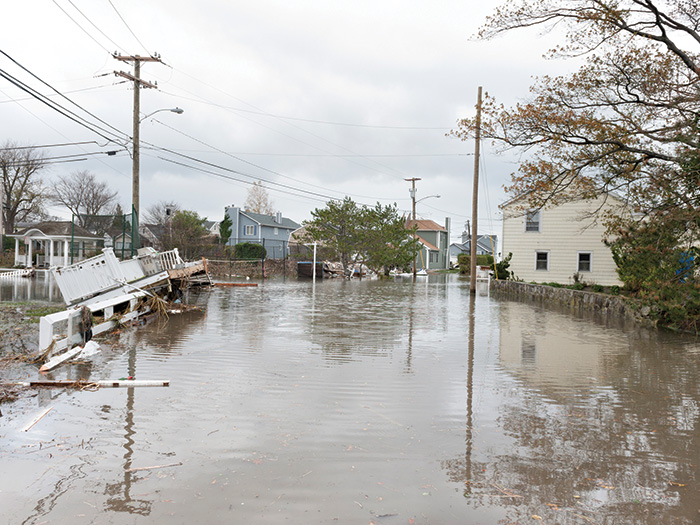NCCI’s Bill Donnell Believes Workers’ Comp Crushed It During the Year 2020. Here Are His Hopes for 2021
The COVID-19 pandemic is finally retreating in the U.S. Now is the time to reflect on how the workers’ compensation system responded and what we can learn for the future.
I believe the workers’ compensation system is emerging stronger than ever, because we have responded effectively to the challenges. However, this is no time to celebrate. It is a time to recommit to our fundamental purpose: helping injured workers.
Let’s examine what we’ve learned.
Frontline Health Care Workers
First, it became clear that frontline health care workers are the lifeblood of the health care system.
Data from the 2021 NCCI State of the Line Guide shows that 75% of reported COVID-19 workers’ compensation claims involved health care workers and first responders.
From nursing homes to intensive care units to clinics, we have witnessed extraordinary compassion, sacrifice and impact on nurses, aides, orderlies, cleaning staff, physicians, therapists and all the people who directly care for patients.
Resilience
The workers’ compensation system demonstrated extraordinary resilience during the past year. In the early months, uncertainty drove deep concerns about how many workers might be harmed by COVID-19 and how much pressure their claims might place on the system.
Preliminary data from NCCI shows more than 45,000 COVID-19 claims and more than $260 million in COVID-19 workers’ compensation losses for the 2020 accident year.
Each claim represents a person whose life was disrupted by the coronavirus, so the numbers are significant. Fortunately, the numbers are much smaller than many feared at the outset, and the workers’ compensation system has held strong.
While premiums in 2020 declined 10%, the calendar year combined ratio for private carriers was 87%, and the reserve redundancy grew to $14 billion, both signs of profitability in our system. This is the fourth year in a row with a combined ratio less than 90.
Resourcefulness
Insurers rapidly adapted to the new work environment, continuing to support injured workers through their treatment and recovery, despite disruption to the insurance workplace that businesses experienced.
We saw many clinics, hospitals and health care facilities restrict access to reduce the spread of COVID-19 in the second quarter of 2020. This led to concerns that injured workers might not receive necessary care, impeding their recovery and driving up ultimate claim costs.
However, NCCI research shows COVID-19 had limited impact on time to treatment. The pandemic caused treatment times to slow during the first surge of the virus in 2020, yet by the third quarter, time to treatment quickly recovered to pre-pandemic levels.
Health care providers and policymakers adjusted to the new realities quickly. One of the clearest examples is the rapid adoption of telemedicine. It required swift action by policymakers and regulators to make telemedicine more accessible.
Injured workers and providers seized the initiative, and we believe telemedicine will continue to be a more viable option in the years ahead. It’s a great example of the resourcefulness of the system.
Meeting the Challenges Ahead
Looking ahead in 2021, we will prepare to tackle new challenges. We know there are concerns for stakeholders, such as the impact of vaccines and what could happen with a future surge.
How will the evolution of jobs and the dynamics of the new and changing workplace impact workers’ compensation? How can the industry prepare to embrace new technologies and the evolution of health care, and what could be the next market disruptor?
With worker safety being paramount, what impact might these system influencers have on exposure and loss?
Questions will continue with one certainty: Our steadfast commitment to helping injured workers.
Filling a Vital Role
Without question, the pandemic has reinforced the vital role that workers’ compensation plays in ensuring the safety of workers and the strength of our economy.
The workers’ compensation system has responded swiftly and effectively in a moment of crisis. Insurers, policymakers, regulators, employers and other stakeholders worked together and embraced innovations to make workplaces safer, provide treatment and pay claims. Together, they made a difference in the lives of the people they serve.
Few industry leaders likely ranked a pandemic as the number one risk when 2020 began.
Clearly, we cannot anticipate every issue. But we can — as an industry — prepare for a broader array of risks, economic shifts and emerging issues. It is important to think more broadly, so we can build on the strengths of our workers’ compensation system.
Employers, workers and their families are depending on us. &










